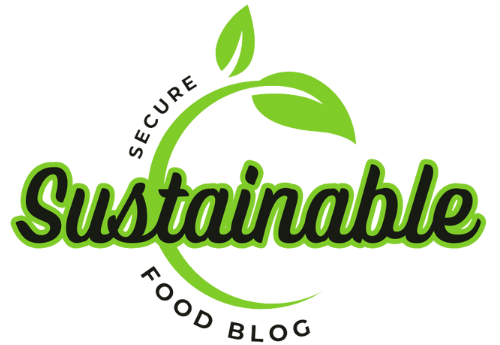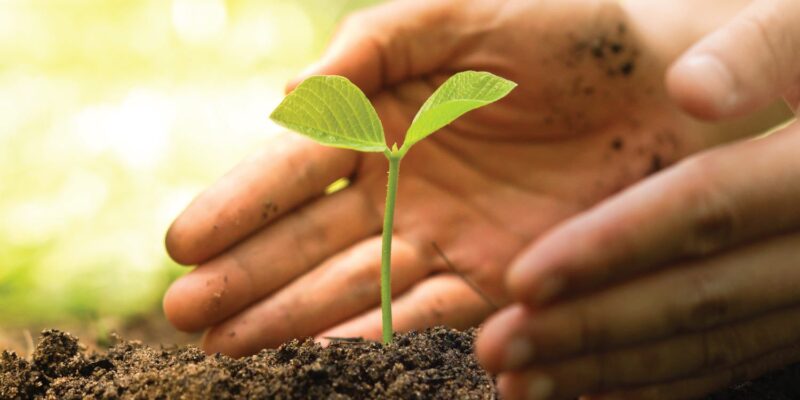I’ve always cared about how our food system affects the environment. Seeing certain farming methods potentially harm the land really bothered me. So I set out to learn more about sustainable practices.
Through research and conversations with agricultural experts, I discovered options that cut back on pollution or over-taxing soils. It was interesting to find techniques that maintain productivity long-term instead of short-term gains.
I will now share some of the best sustainable methods.
Crop Rotation and Diversity
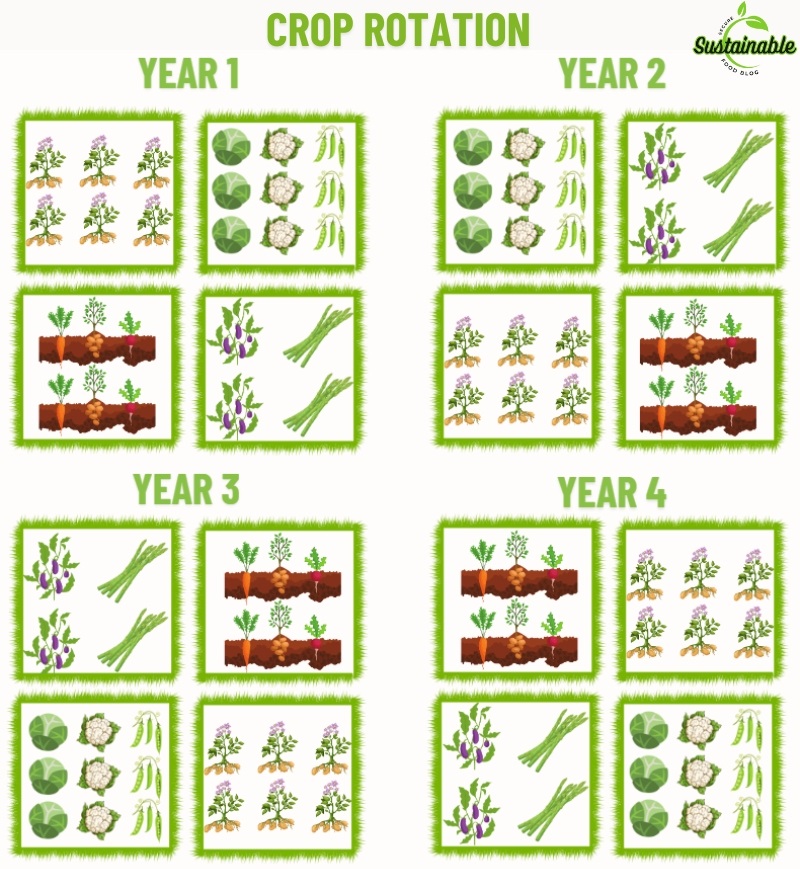
One tactic that really interested me early on was crop rotation and diversity in agricultural systems. Basically, farmers purposefully alternate what they grow in given fields over time. This has noticeable benefits for sustainability.
Since different plants take up unique nutrients, periodically switching crops avoids depleting key minerals in the soil year after year. It keeps land fertile and productive longer-term rather than rapidly mining its richness. Rich soil means higher yields too.
I also learned how varying plant types avoid concentrating pests or diseases. If an issue hits one crop, another rotation crop may not be susceptible. That cuts back on using pesticides that harm wildlife and water quality. Plus rotation supports overall agroecosystem health better than monocultures.
The nutritional aspect made sense as well – more diverse, seasonal foods improving people’s diets.
Organic Farming
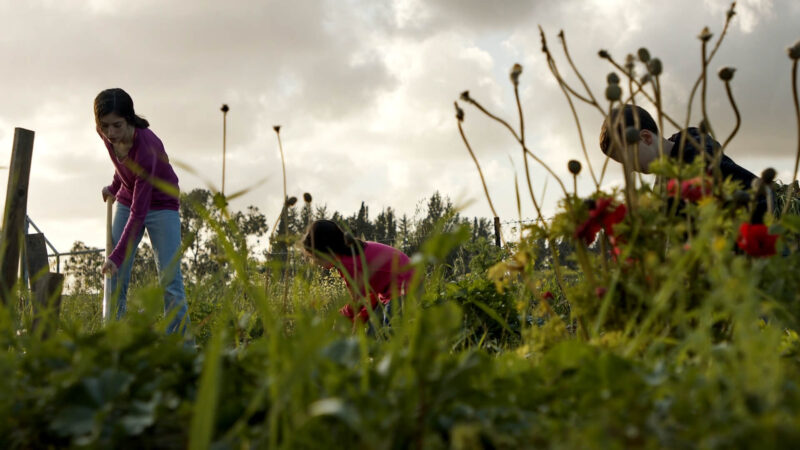
Another notable approach is organic farming methods. These systems steer clear of synthetic fertilizers and pesticides in favor of natural soil enrichment and pest control alternatives.
A key upside is lowering pollution risks for nearby water and wildlife habitats. Our water sources stay cleaner when chemicals aren’t regularly dispersed. I understand this sustainability-oriented model also conserves important water resources versus standard alternatives.
What stood out to me is organic methods appeared to cultivate higher biodiversity overall. A variety of plants, insects, and small animals can coexist when natural balances aren’t disrupted as much. Thriving ecosystems are win-win all around.
Agroforestry
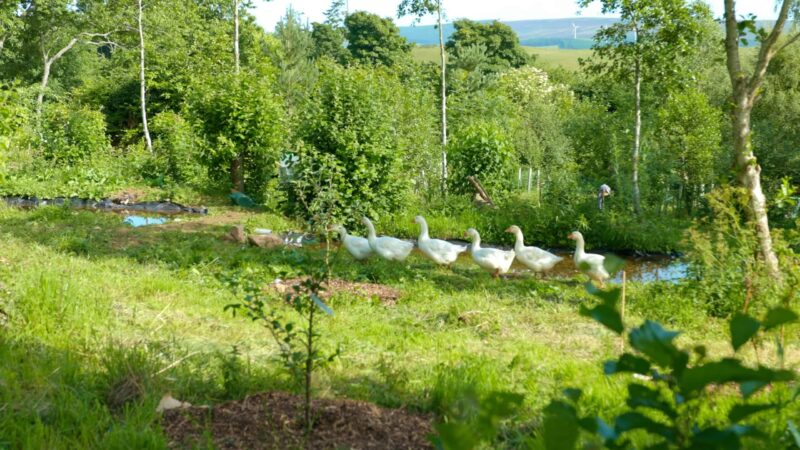
Some farmers are planting trees and bushes alongside their regular crops. This is called agroforestry. It helps both the land and the people working on it. When trees are growing too, the soil stays put much better.
Their roots hold down the dirt so rain doesn’t wash it all away. Trees also give shade to plants below them. This means crops don’t need quite so much water to stay healthy.
Permaculture
The basic idea is that it aims to create sustainable agricultural systems modeled after natural ecosystems.
Farmers who use permaculture design take into consideration how different plant species can support each other when grown in close proximity. For example, pairing crops like basil with tomatoes can help deter pests naturally since the basil acts as a pest repellent. This eliminates the need for harmful pesticides.
It’s also focused on minimizing external inputs and using resources efficiently. Rainwater is collected and composted organic matter provides nutrients to the soil. This reduces reliance on manufactured fertilizers. When possible, renewable sources like solar provide energy needs.
The end result is gardens that are productive and self-sufficient. Multiple food and plant varieties are grown together to produce yields while also creating habitats for wildlife. It’s a sensible approach that works with nature rather than against it.
Vertical Farming
It allows for farms to be established even in urban areas with limited acreage. Plants can thrive without soil by being nourished directly through their roots in nutrient-rich water or moisture in the air. This hydroponic and aeroponic method offers greater control over what the crops receive.
From what I understand, it also uses our most precious resource, water, far more efficiently. Water is recycled within sealed systems instead of running off as waste. Year-round harvesting is possible too through environmental regulation via targeted lighting and temperatures. This could help address problems of intermittent availability and supply fluctuations.
Sustainable Livestock Practices
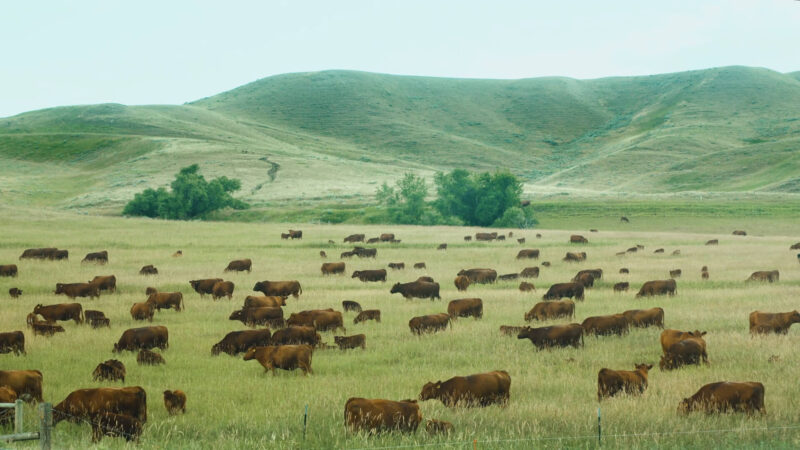
The role livestock plays in agriculture and land management is a complex issue worth serious consideration from multiple angles. While intensive production methods can overburden our environment if abused, alternatives exist showing promise for harmonious coexistence.
Rotational grazing, as I understand it, mimics the natural cycle of herds migrating across open spaces. By thoughtfully rotating animals to fresh pastures, both the livestock and land benefit over the long run. Soil fertility regenerates as the bounty is shared.
Perhaps fewer animals raised under careful standards could serve all interests at once. Using plant byproducts and surplus that wouldn’t otherwise nourish people respects our collective needs. Treating sentient creatures with dignity befits our highest values as well.
Quality over quantity seems a balanced priority, as contented animals give abundantly of their gifts freely given.
Reducing Food Waste

Not only is it bad for the environment due to all the greenhouse gases from rotting food in landfills, but it’s also just such a waste of resources. Like, think of all the work that goes into getting food onto our plates.
I read that household choices and business practices can really make an impact. At home, it’s smart to only shop for what you know you’ll actually consume. And get creative with leftovers! So much good food gets binned when it could easily be repurposed.
Companies play a role too. Instead of tossing excess supplies, many donate to food banks now. That’s helpful for people struggling to put nutritious meals on their own tables.
Eating Local and Seasonal Food
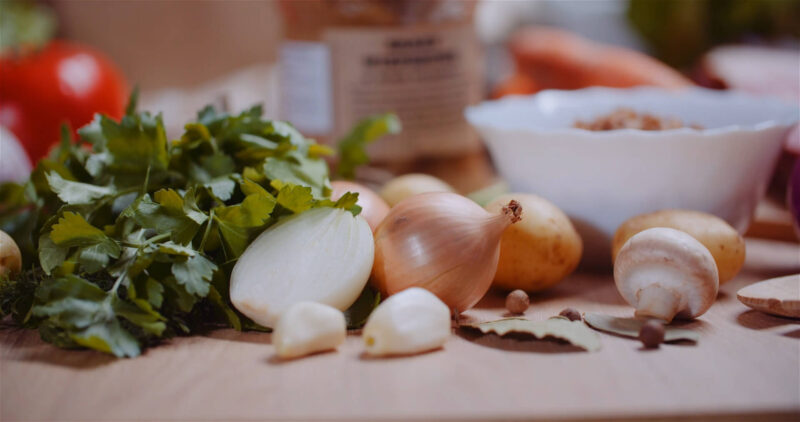
Eating food that’s grown locally and according to the seasons actually makes a lot of practical sense when you think about it. For one, it cuts down on unnecessary transportation – less fuel used shipping apples from Chile instead of the orchard down the road, right?
It’s also better for the environment because seasonal crops don’t require weird growing conditions like huge greenhouses. Plants produce most efficiently when planted at their natural times.
There’s an economic benefit too. Choosing local farmers’ markets or CSA programs puts money in the pockets of your neighbors instead of huge agriculture corporations. That strengthens the community. That also creates price stability since you’re not reliant on global supply chains subject to disruption.
Last Words
Creating a sustainable food system takes a balanced approach. Different growing methods can be helpful when used appropriately, from organic practices that replenish soil to high-efficiency vertical farms. Minimizing wasted food is also important. However, adopting techniques tailored specifically to each community helps both people and land over the long run.
